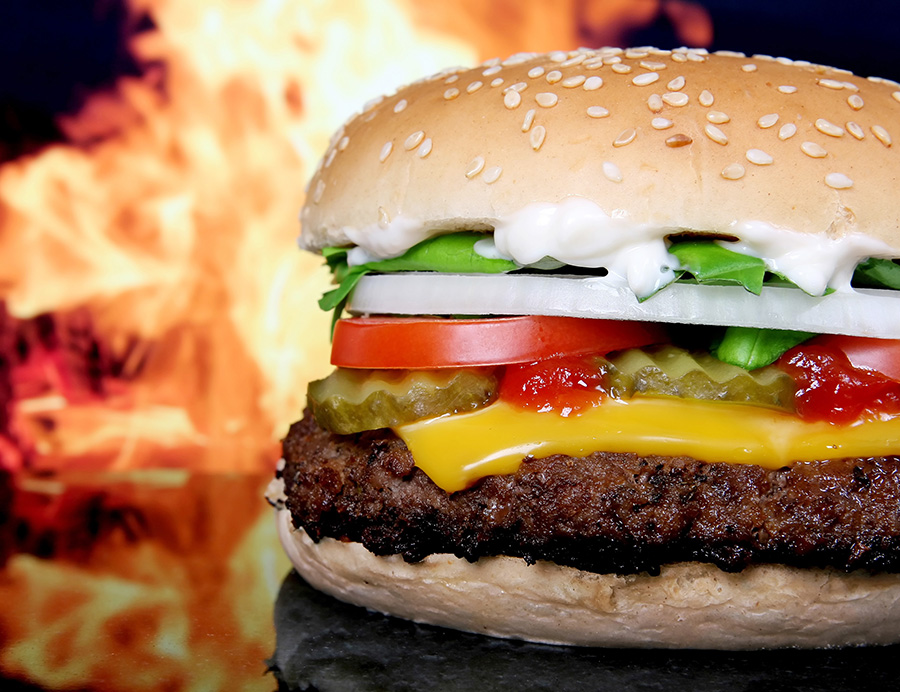#3 meat drains our drinking water
This is the third part of our series of articles which should hopefully encourage you to think about your meat consumption and try to change your eating habits a bit towards a more sustainable diet.

In our second edition, we looked at the land as a resource which is required for meat production and how much meat is consumed in different countries and how much it increased over the past 50 years. If you look at the land needed for meat production, you also need to look to how the animals are fed since this is part of the process of meat production. This also leads directly to look at another resource which is considered to become scarce in the coming decades – drinking water.
The argument is a bit tricky since meat is not produced everywhere, in the same way, so what we are talking about here is industrial farming as it provides raw material for big sausage casing producers like DCW Casing (http://dcwcasing.com/product/plastic-casings/). If you look to organic and sustainable farming where cattle is purely fed on lawns which are not watered additionally this argumentation will not apply but it will lead back to the fact that the demand on meat cannot be satisfied with traditional and sustainable farming based on a working and balanced ecosystem.

According to the World Wildlife Fund, water used for livestock production is expected to rise by 50 per cent by 2025 and at present, it accounts for 15 per cent of all irrigated water. one piece of beef can be very different from another and the precise water footprint of beef depends on the production system – grazing, mixed or industrial – the composition of the feed and the origin of the feed.
The global average water footprint of meat from beef cattle at 15,400 litre/kg on average globally is much larger than the footprints of meat from sheep (10,400 litre/kg), pigs (6,000 litre/kg), goats (5,500 litre/kg) or chickens (4,300 liter/kg).
The animal feed takes the largest share with 99 per cent of the total, while drinking and service water contributes just one per cent to the total water footprint.
So to be more sustainable, the below table can help giving some indicators to the global average:

Ideally you should check where your meat is coming from and how it is produced to get a better understanding of the water footprint. But it shows even if you compare meat to the meat with the lowest footprint to the vegetarian food of pure rice with is water intensive for a plant it is still only half. If you compare beef and potatoes the vegetable requires only 2% of the water needed to get the same amount of beef. So 1kg or beef equals 50kg of potatoes. This makes it quite clear that if water gets more scarce or we need to feed more people on our planet we could do that much more efficiently with vegetarian food. ■
How does this work? One burger = showers for 2.5 months. An average shower needs 65l of water, 1kg of beef needs 15.400l and a burger has 250g of meat which is 15.400l/0.250 = 3.850l. So 250g beef equals 3.850l/65l= 60 showers.
Words by: Daniel Birkhofer

